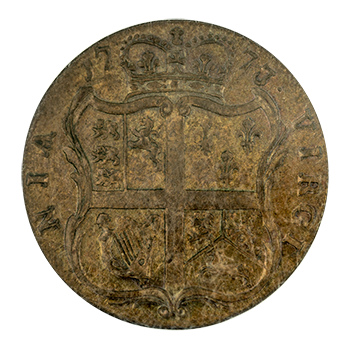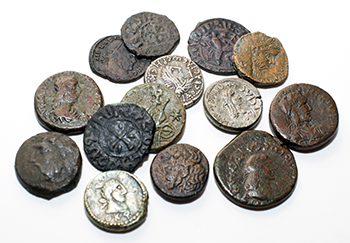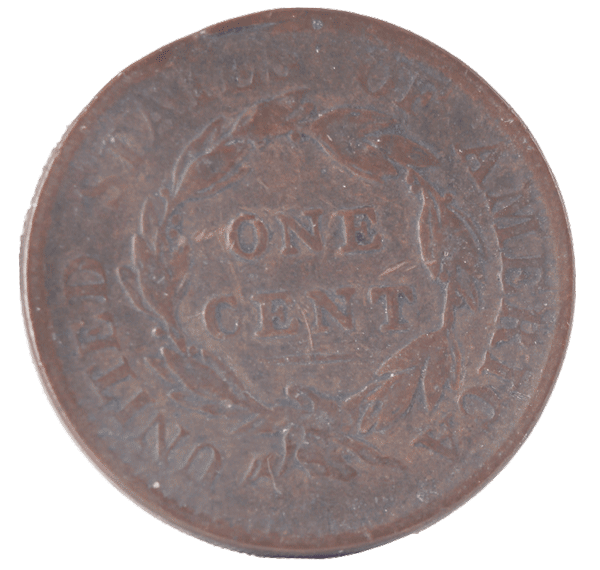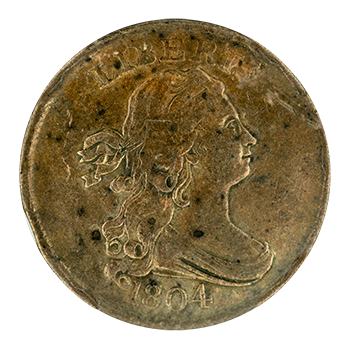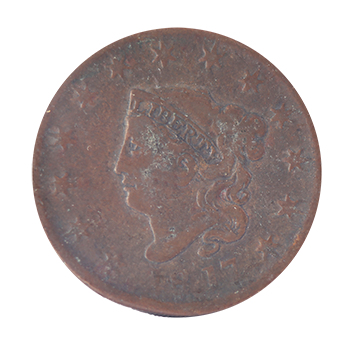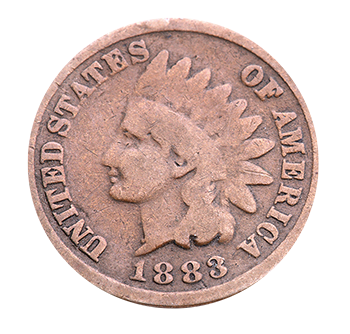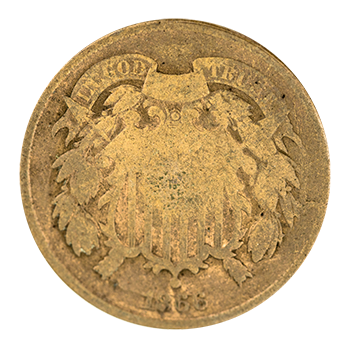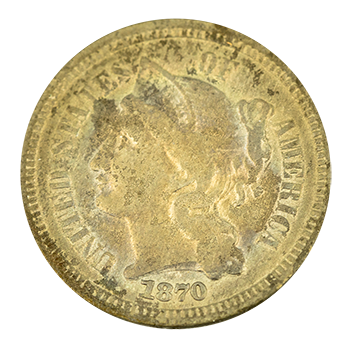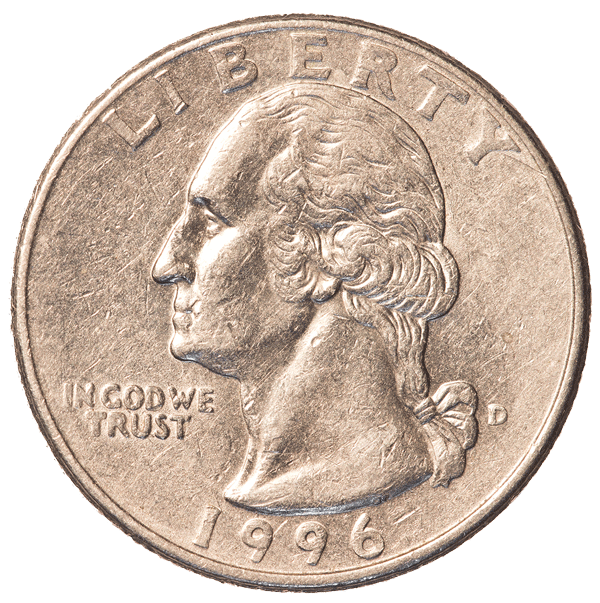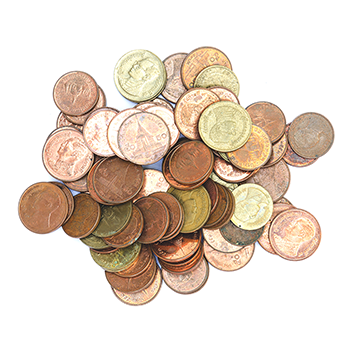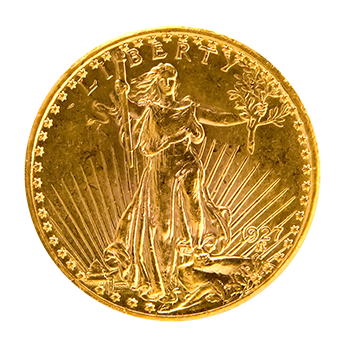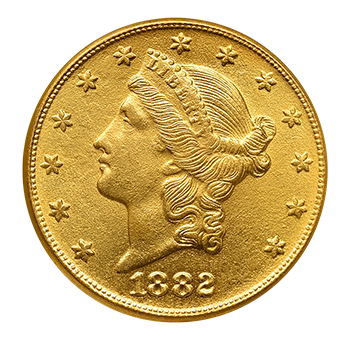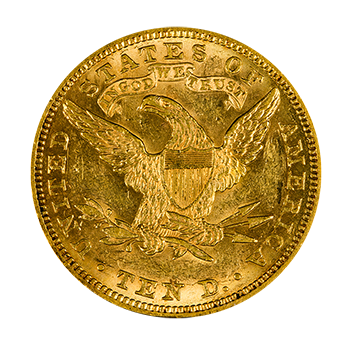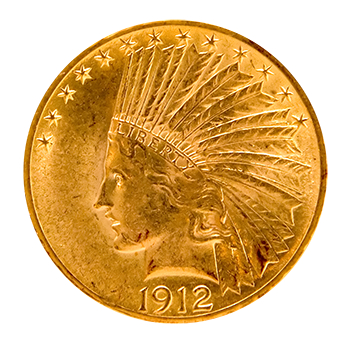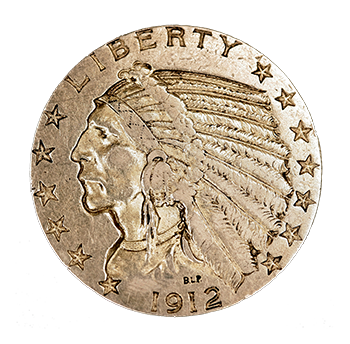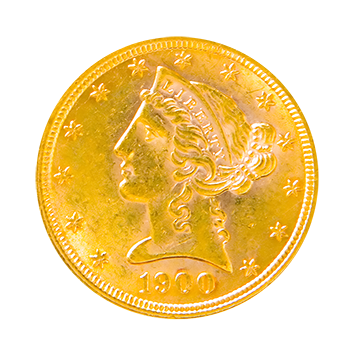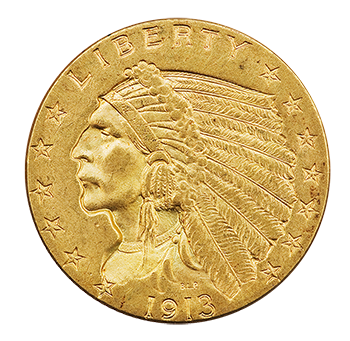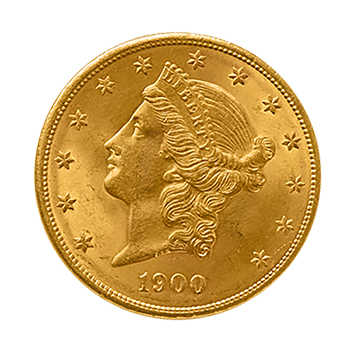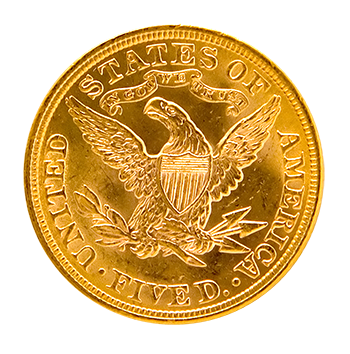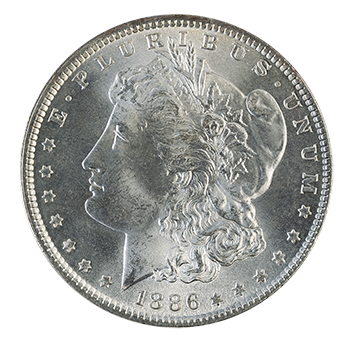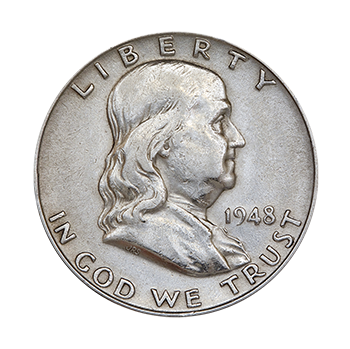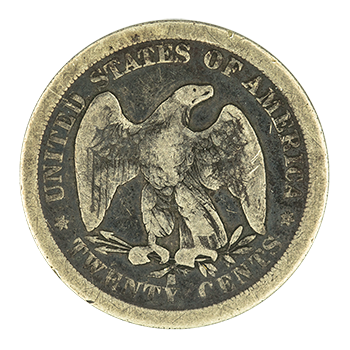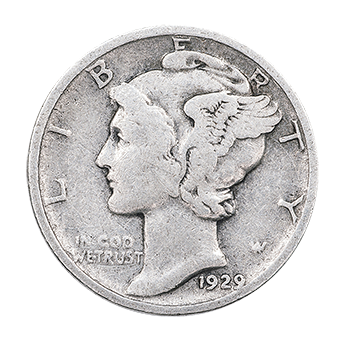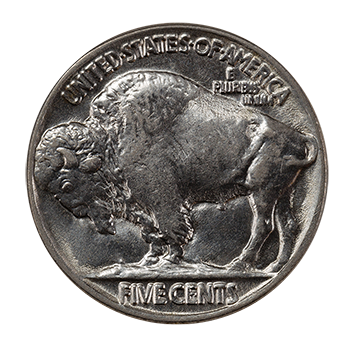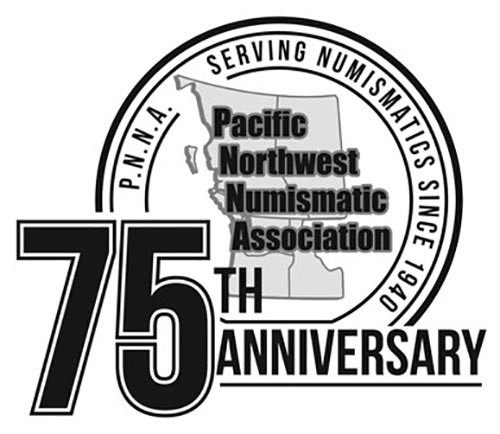
It was the gold rushes of the 1830s and 1840s that pushed the U.S. government to issue its first gold dollar. In 1833 a private mint in North Carolina began producing coins struck from gold found nearby as well as in the neighboring state of Georgia. Over the ensuing years, various members of government advocated for the production of a gold dollar, but Congress did not approve it until 1849. With gold pouring in from the California Gold Rush, the U.S. government produced gold dollars until 1889. Uncirculated versions are rare for all dates before 1879.
There are three important variations of the gold dollar: Type I, with Lady Liberty’s image, minted between 1849 and 1854; Type II, struck from 1854 to 1855, with an Indian princess; and Type III, featuring a modified portrait of an Indian princess, minted from 1856 to 1889. Of these three designs, the rarest is the Type II, of which fewer than 2 million were minted.

